How to Measure Customer Sentiment Without the Headache
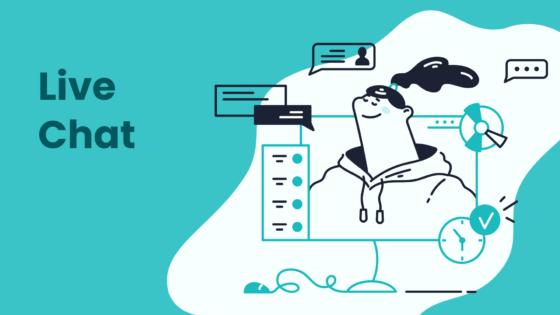
Businesses want to know how customers feel, but many struggle to measure customer sentiment without stress. Simple tools like Net Promoter Score and Customer Effort Score give clear results. For example, Net Promoter Score can reach up to a 50% response rate, showing strong engagement. Sobot makes it easy for any company to track sentiment with Sobot AI and Live Chat, helping teams collect feedback and act quickly. Companies see real impact when they focus on customer sentiment data.
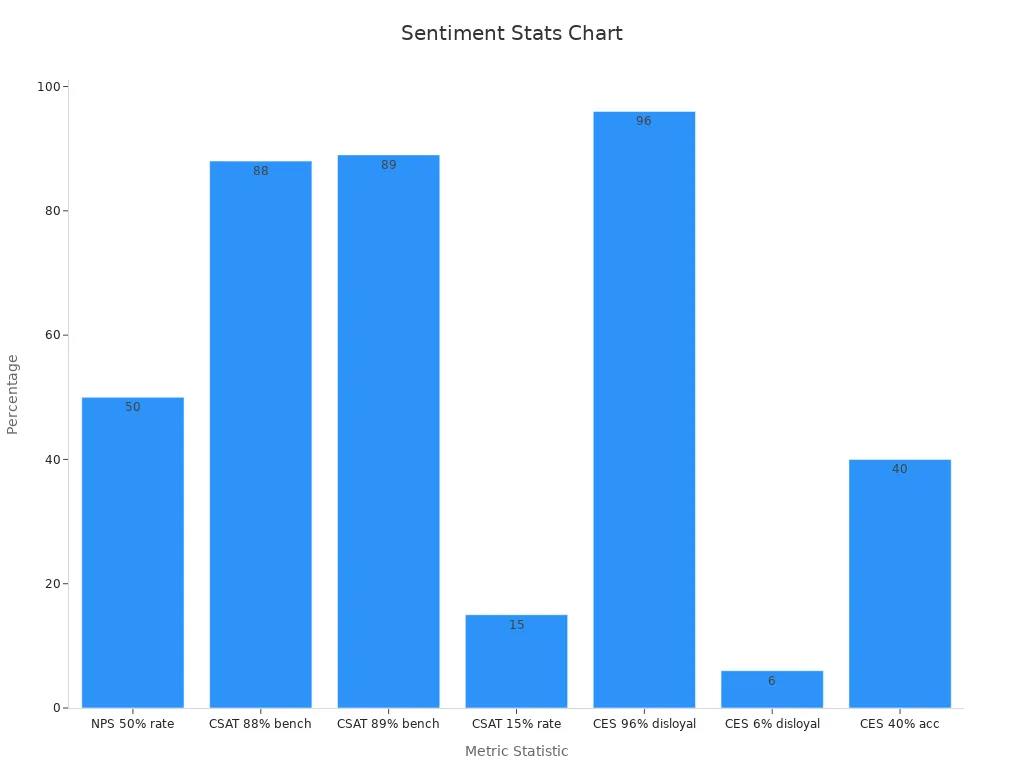
Sobot’s approach removes technical barriers and helps every business understand how to measure customer sentiment. Anyone can start improving customer sentiment with practical steps.
Customer Sentiment Basics
What Is Customer Sentiment?
Customer sentiment describes the emotions and attitudes that customers hold toward a brand, product, or service. This sentiment can be positive, negative, or neutral. Unlike customer satisfaction, which measures how happy a customer feels after using a product, customer sentiment captures ongoing feelings and opinions. Companies measure customer sentiment using a score from 0 to 100. This score comes from subtracting the percentage of negative responses from positive ones. For example, the technology and services industry often sees average sentiment scores around 61, while insurance companies may reach 80. Businesses collect sentiment data from surveys, social media, and customer reviews. They use tools like natural language processing and machine learning to analyze this feedback and produce actionable scores. These methods help companies understand how customers feel in real time.
Tip: Customer sentiment is not just a feeling. It is a measurable concept that uses data from many sources to show how customers view a brand.
Why Customer Sentiment Matters
Customer sentiment plays a key role in business success. Positive sentiment leads to higher customer loyalty and more recommendations. Negative sentiment can warn companies about problems that may cause customers to leave. By tracking sentiment, businesses can spot pain points and improve the customer experience. Metrics such as Net Promoter Score (NPS), Customer Effort Score (CES), and Customer Satisfaction Score (CSAT) help companies measure sentiment and satisfaction. These scores guide product development, marketing, and support strategies.
| Metric | What It Measures |
|---|---|
| Net Promoter Score | Loyalty and likelihood to recommend |
| Customer Effort Score | Ease of customer interactions |
| CSAT | Overall customer satisfaction |
Research shows that companies using sentiment analysis see real results. For example, software companies report an 83% improvement in customer satisfaction within one year. Multi-channel sentiment analysis finds almost three times more ways to improve. Sobot’s Live Chat and AI solutions help businesses gather and analyze customer sentiment across all channels, making it easier to act on feedback and boost satisfaction. Early detection of negative sentiment can protect a brand’s reputation and increase retention rates by up to 19% (Forrester Research, 2023). Companies that focus on customer sentiment often see higher returns and stronger customer relationships.
How to Measure Customer Sentiment

Key Data Sources
Understanding how to measure customer sentiment starts with identifying the right data sources. Businesses gather user sentiment data from a variety of channels. Social media posts, online reviews, chat logs, support tickets, and phone call transcriptions all provide valuable sentiment data. Companies like Nike and Coca-Cola have used social media sentiment analysis tools to monitor public reaction and address issues quickly, leading to improved customer satisfaction and brand value. Reliable sentiment analysis tools integrate data from these diverse channels, using AI and natural language processing to capture nuanced customer sentiment. Platforms such as Talkwalker and Blackbird AI analyze millions of websites and social networks, showing the strategic importance of social media, chat, and review data in sentiment analysis. Customer service logs, including emails and chat interactions, reveal what customers like or dislike about products and services. By combining these sources, businesses gain a comprehensive view of customer sentiment data and can act on feedback more effectively.
Tip: Use multiple channels to gather user sentiment data for a complete picture of customer sentiment.
Using Sobot Live Chat for Feedback
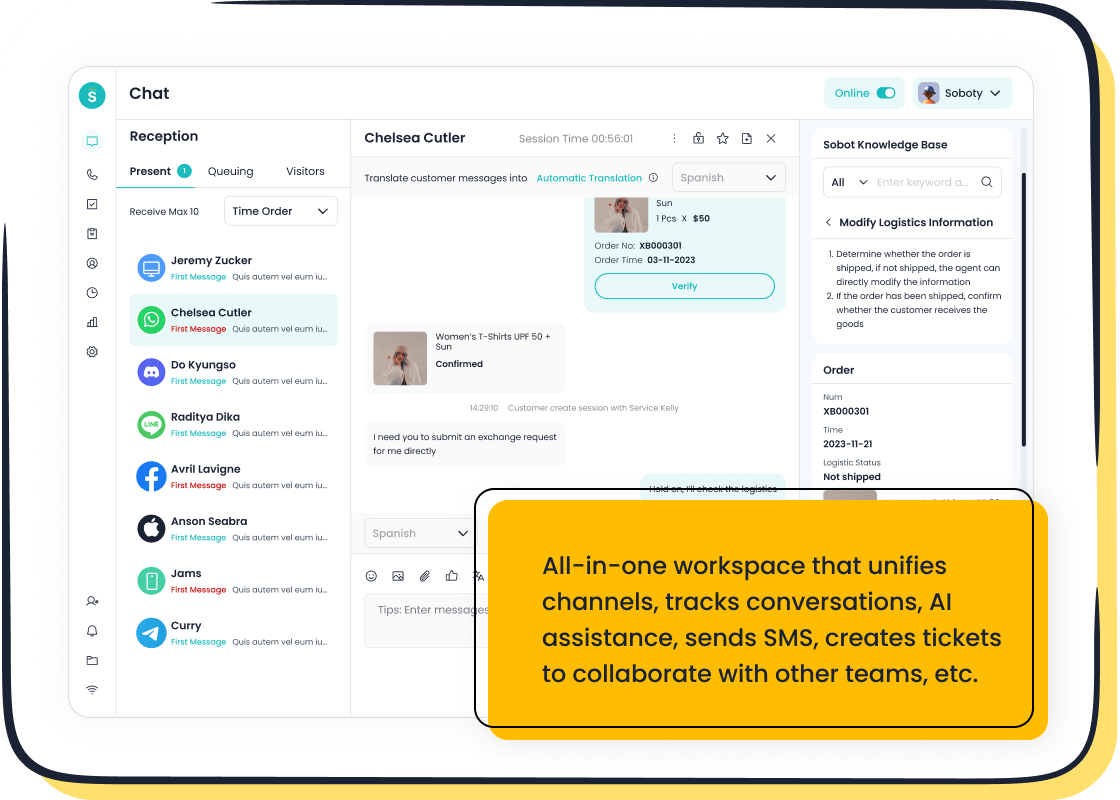
Sobot Live Chat stands out as a powerful tool for collecting user feedback and unifying customer sentiment data. The platform supports omnichannel integration, allowing businesses to gather feedback from websites, apps, and social media in one workspace. Sobot provides over 300 statistical reports and thousands of indicators, helping teams analyze sentiment data with precision. AI-powered features, such as scenario-based AI and generative AI, enhance the process of collecting user feedback and improve efficiency by 60%. Companies like Samsung and OPPO have achieved customer satisfaction rates above 90% by using Sobot Live Chat to streamline feedback collection and boost response times. The platform reduces agent workload through AI Copilot, enabling faster and more accurate responses. Sobot’s analytics help businesses identify trends in customer sentiment, making it easier to address issues and improve satisfaction.
| Company | Customer Satisfaction (CSAT) | Efficiency Gain |
|---|---|---|
| Samsung | 97% | High |
| OPPO | 93% | High |
| Agilent | 6x increase | High |
Surveys and NPS
Surveys and NPS remain essential tools for measuring customer sentiment. NPS surveys ask customers to rate their likelihood of recommending a brand on a scale from 0 to 10. Promoters score 9-10, passives 7-8, and detractors 0-6. While NPS surveys provide structured sentiment data, response rates often stay in the single digits. This limits their effectiveness unless combined with other sentiment analysis tools. Research shows that 20% of low NPS scores link directly to specific issues, highlighting the value of connecting survey results with AI-powered sentiment analysis. By supplementing NPS with feedback from chats, reviews, and support tickets, businesses gain richer insights into customer sentiment. Combining these tools allows companies to pinpoint drivers of dissatisfaction and take targeted action to improve customer satisfaction.
Note: Use surveys and NPS alongside sentiment analysis tools for deeper insights into customer sentiment.
Tracking Customer Sentiment
Tracking customer sentiment across every touchpoint helps businesses understand how customers feel at each stage of their journey. Companies that track user sentiment can connect changes in sentiment to real business outcomes, such as higher sales conversion rates or improved customer retention. By measuring key metrics like churn, satisfaction scores, and conversion rates before and after implementing customer sentiment analytics, organizations can see the true impact of their efforts. Clear reporting of these results to leadership ensures ongoing support for sentiment initiatives. Businesses that use customer sentiment analytics gain a competitive edge by responding quickly to customer needs and improving their products or services.
Social Listening Strategies
Social listening strategies play a vital role in tracking customer sentiment. These strategies involve monitoring social media platforms, forums, and online communities to capture real-time feedback and opinions. Over 61% of businesses have adopted social listening systems, showing the trust in these tools for user sentiment analysis. For example:
- LEGO’s Facebook sentiment analysis found 29% positive and only 2% negative mentions, helping the company adjust its marketing.
- Gisou’s TikTok analysis revealed just 1.5% negative sentiment, highlighting strong customer approval.
- A gaming company used social listening to spot player complaints and quickly fix issues, reducing negative reviews.
Social listening tools detect spikes in negative sentiment and alert teams to urgent problems. These tools help companies track user sentiment across multiple channels, enabling fast, empathetic responses that improve satisfaction and reduce churn. Combining automated sentiment analysis with expert review ensures accurate interpretation of customer feedback.
Tip: Social listening provides a detailed view of customer sentiment and helps companies act before small issues become big problems.
Sobot Live Chat Analytics
Sobot Live Chat analytics offer a powerful way to track user sentiment and unify customer sentiment analytics from every channel. The platform collects feedback from websites, apps, and social media, bringing all interactions into a single workspace. Sobot’s analytics evaluate over 150 indicators, giving teams a clear picture of customer sentiment at every touchpoint. Built-in reports and customizable dashboards help businesses monitor trends, identify pain points, and measure the impact of changes.
Sobot’s AI-powered tools can detect negative sentiment in real time, triggering alerts and routing urgent issues to the right agents. This approach allows companies to resolve problems quickly and improve the overall customer experience. By integrating Sobot Live Chat analytics with social listening strategies, businesses can track user sentiment across all channels and make data-driven decisions that boost satisfaction.
| Feature | Benefit |
|---|---|
| Omnichannel Analytics | Unified view of all customer interactions |
| Real-Time Alerts | Fast response to negative sentiment |
| Custom Reports | Actionable insights for every team |
Cleaning and Sorting Data
Accurate customer sentiment analytics depend on clean, reliable data. Data cleaning improves the accuracy and efficiency of user sentiment analysis by removing errors and inconsistencies. Standard industry benchmarks recommend several steps:
- Standardize text, dates, and categories for consistency.
- Remove duplicate entries to prevent skewed results.
- Handle missing data using statistical methods or specialized algorithms.
- Correct typos and normalize text, including converting emojis to words.
- Clean text by removing special characters, URLs, and hashtags.
- Use tools like Python’s Pandas for data profiling and cleaning.
Ongoing quality monitoring ensures that sentiment data remains accurate and actionable. Clean data supports better AI models and more reliable business decisions. Companies that invest in data cleaning see improved results from their customer sentiment analytics and can track user sentiment with greater confidence.
Note: Clean, well-organized data forms the foundation of effective customer sentiment analytics and user sentiment analysis.
Customer Sentiment Analysis
Visualization and Dashboards
Effective customer sentiment analysis relies on clear visualization. Interactive dashboards help teams explore sentiment data in real time. These dashboards often use pie charts to show the proportion of promoters, detractors, and passives. For example, a dashboard might display 74.7% promoters, 7.0% detractors, and 18.3% passives, making it easy to see overall sentiment at a glance. Cluster analysis, shown through scatter plots or dendrograms, helps segment customers by their sentiment. Heat maps and decision trees can highlight churn risks. These visual tools allow businesses to monitor customer sentiment trends and make data-driven decisions. Sobot Live Chat offers built-in analytics and customizable dashboards, enabling companies to track sentiment across all channels and quickly spot changes in customer sentiment scoring.
Actionable Insights
Analyzing customer sentiment provides more than just numbers. It uncovers patterns that drive business growth. For instance:
- An e-commerce company used sentiment analysis to reduce shipping delays by 40% and boost repeat customers by 15%.
- A retail brand improved product sales by 18% after adjusting campaigns based on sentiment insights.
- Tech companies saw a 25% increase in lead quality and a 71% higher purchase rate for relevant products by acting on sentiment data.
Sobot’s AI-powered tools help businesses extract actionable insights from customer sentiment analysis. Teams can respond faster to negative feedback and personalize engagement, leading to higher conversion rates. By understanding what customers feel, companies can tailor their approach and improve satisfaction.
Regular Review and Adjustment
Ongoing review is key to successful customer sentiment management. Real-time sentiment tracking helps brands fix issues quickly and prevent negative reviews. For example:
- Tools like Sprout Social’s Smart Inbox prioritize urgent messages, reducing wait times.
- Immediate responses to negative feedback lower customer churn.
- Personalized replies based on sentiment insights build loyalty.
Companies using AI-powered sentiment analysis tools, such as Sobot Live Chat, can monitor trends and adjust strategies as needed. Regularly reviewing sentiment data helps teams identify service gaps, improve Net Promoter Scores, and create targeted training for agents. These practices lead to measurable gains in customer satisfaction and loyalty (Sprout Social).
Avoiding Common Pitfalls
Overcomplicating Analysis
Many organizations struggle with customer sentiment analysis because they make the process too complex. Sentiment can vary widely due to differences in communication style, message length, and even the personality of the customer. Research shows that sentiment models often perform moderately, with F1-scores between 0.60 and 0.69, especially when analyzing emails or call transcripts.
- Multi-channel communication adds complexity, as sentiment may differ across platforms.
- Language differences and the need for real-time processing create further challenges.
- Most models focus on social media, missing valuable insights from direct customer interactions.
Sobot simplifies customer sentiment analysis by unifying data from all channels—web, app, social, and voice—into one workspace. This approach reduces confusion and helps teams focus on actionable insights rather than technical hurdles.
Ignoring Negative Feedback
Ignoring negative sentiment can damage trust and loyalty. Data highlights the risks:
| Statistic Description | Percentage / Value |
|---|---|
| Consumers who do not trust a business with negative reviews | 60% |
| Customers feeling more loyal to businesses that respond to complaints | 83% |
| Consumers likely to support businesses that respond to every review | 89% |
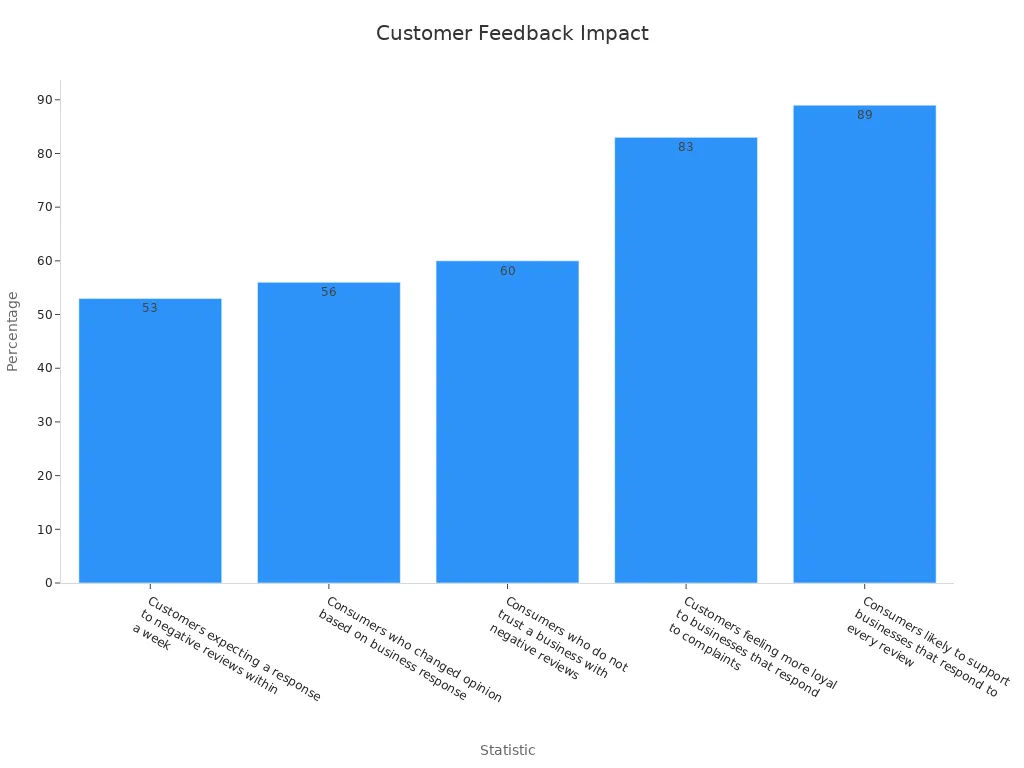
Over half of customers expect a response to negative reviews within a week. More than half change their opinion based on how a business responds. Sobot’s real-time sentiment alerts help teams address negative sentiment quickly, turning complaints into opportunities for improvement.
Not Acting on Insights
Collecting customer sentiment data means little without action. Many companies gather sentiment but fail to adjust their strategies. This leads to missed opportunities and declining satisfaction.
- Sentiment analysis must drive changes in products, services, or support.
- Regular review and adjustment ensure that insights lead to real improvements.
Sobot’s analytics and reporting tools help businesses track sentiment trends and measure the impact of their actions. Teams can set up automated workflows to respond to shifts in sentiment, ensuring that every piece of customer feedback leads to meaningful change.
Real-World Success: Sobot & OPPO

OPPO’s Customer Sentiment Journey
OPPO, a global leader in smart devices, faced a challenge during peak shopping seasons. The company received a surge in customer inquiries, which made it difficult to track customer sentiment accurately. OPPO wanted to understand how customers felt about their products and services in real time. The company needed a solution that could handle high volumes of feedback and provide clear sentiment analysis.
Sobot provided OPPO with an advanced platform to collect and analyze customer sentiment from multiple channels. The system unified chat, email, and social media feedback, giving OPPO a complete view of customer sentiment. Sobot’s AI-powered tools helped OPPO identify trends and spot negative sentiment quickly. This allowed OPPO to respond to customer needs faster and improve the overall experience.
OPPO’s journey shows that tracking customer sentiment across all touchpoints leads to better business decisions and higher satisfaction.
Results with Sobot Solutions
After implementing Sobot, OPPO saw measurable improvements in customer sentiment. The chatbot system resolved 83% of customer inquiries without human intervention. OPPO’s positive feedback rate reached 94%, showing a strong improvement in sentiment. The company also achieved a 57% increase in repurchase rate, which highlights the impact of understanding and acting on customer sentiment.
| Metric | Before Sobot | After Sobot |
|---|---|---|
| Chatbot Resolution | 60% | 83% |
| Positive Feedback | 75% | 94% |
| Repurchase Rate | 36% | 57% |
Sobot’s unified analytics helped OPPO clean and sort sentiment data efficiently. The platform’s real-time alerts allowed OPPO to address negative sentiment before it affected customer loyalty. By using Sobot, OPPO turned customer sentiment insights into concrete actions that improved both service quality and business results.
Note: Companies that invest in customer sentiment analytics, like OPPO, can see dramatic gains in loyalty and satisfaction. Learn more about OPPO’s journey here.
Measuring customer sentiment does not require complex tools. Sobot Live Chat offers a unified workspace for tracking user sentiment and customer sentiment analytics. Businesses see real gains—67% of shoppers prefer ChatGPT-based assistants, and AI deflects 43% of tickets, raising satisfaction by 9.4%. Nearly 75% of owners report better customer experience with instant support.
| Metric | Result |
|---|---|
| AI voicebots handle | Over 50% of cases |
| Outbound AI boosts sales | Over 30% increase |
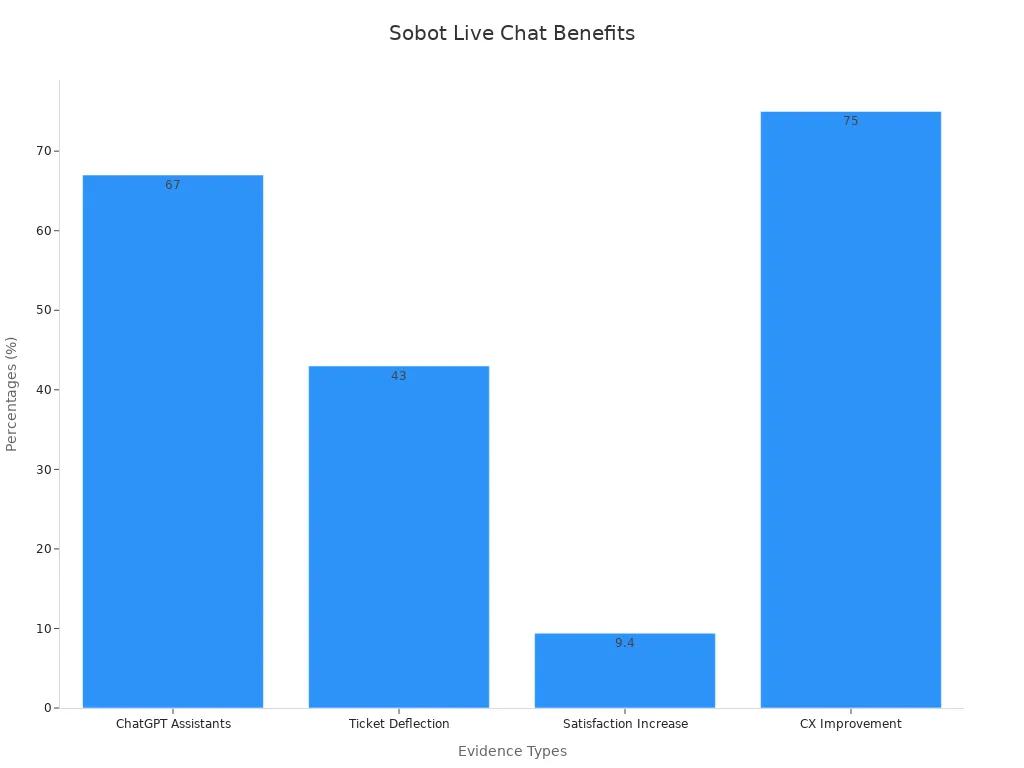
Quick Checklist:
- Gather customer sentiment from every channel.
- Use Sobot Live Chat for unified analytics.
- Review user sentiment data weekly.
- Act on insights to improve service.
Continuous tracking and action on customer sentiment analytics drive loyalty and growth.
FAQ
What is the difference between customer sentiment and user sentiment?
Customer sentiment measures how buyers feel about a brand or service. User sentiment focuses on the experience of people using a product, even if they did not purchase it. Both types of sentiment provide valuable customer sentiment data for business decisions.
How does Sobot Live Chat help with customer sentiment analytics?
Sobot Live Chat unifies feedback from websites, apps, and social media. The platform uses AI to analyze customer sentiment data in real time. Teams can spot trends, respond quickly, and improve satisfaction. Sobot’s analytics support over 150 indicators for deep customer sentiment analysis.
Why is cleaning customer sentiment data important?
Clean customer sentiment data ensures accurate user sentiment analysis. Removing duplicates, fixing errors, and standardizing entries help businesses trust their results. Companies that invest in data cleaning see up to 30% better outcomes from customer sentiment analytics (source).
How often should businesses review customer sentiment analytics?
Experts recommend reviewing customer sentiment analytics weekly. Frequent checks help teams catch changes early and act fast. Sobot’s real-time dashboards make it easy to monitor user sentiment and adjust strategies for better results.
Can customer sentiment analysis improve sales?
Yes. Businesses using customer sentiment analysis report up to 18% higher sales and a 15% increase in repeat customers. Sobot’s unified analytics help companies turn customer sentiment insights into actions that drive growth and loyalty.
Tip: Regularly tracking customer sentiment data leads to smarter business decisions and stronger customer relationships.
See Also
Best Voice of Customer Platforms Reviewed and Compared
Ten Ways To Improve Customer Satisfaction Through Live Chat
Ten Guidelines For Selecting Social Media Support Tools
